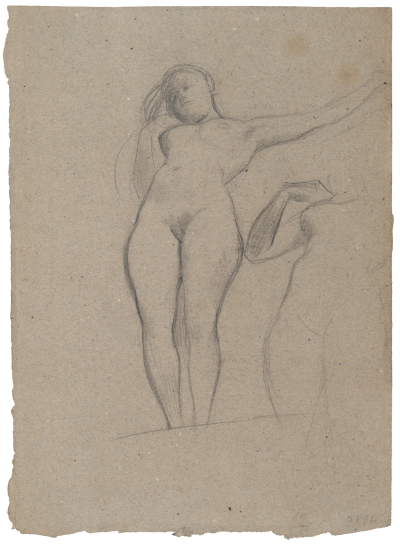Klimt / Schiele an exhibition of works on paper at The Royal Academy
/This week, the Royal Academy London opened Kilmt/ Schiele. This centennial commemoration exhibition compares the artists through an extraordinary selection of works on paper from The Albertina Museum, Vienna.
Klimt / Schiele: Drawings is a unique opportunity to see extraordinary drawings produced by both artists, considered to be some of the 20th century’s most important works on paper. Among them are Klimt’s sketches for his seminal Beethoven Frieze, and unflinching self-portraits by Schiele, which due to their delicacy will not see the light of day again for many years. In around 100 portraits, allegories, landscapes and erotic nudes, prepare to encounter these two icons of early Modernism at their most raw and revealing.
1918 was a seismic year in Vienna. As the Austro-Hungarian Empire crumbled, an intense period of creative vitality drew to an end with the deaths of two of its foremost artists. One was the preeminent and strikingly modern painter of fin-de-siècle Vienna, Gustav Klimt; the other the young, scandalous and prodigiously talented Egon Schiele. Both revelled in the immediacy of drawing, an ideal medium for exploring new ideas of modernity, subjectivity and the erotic.
Egon Schiele drew Gustav Klimt many times in life, but also in death. Three drawings exist of Klimt in the morgue, his handsome face deformed by a massive stroke at the age of 55. Not many months later, Schiele himself was carried off by Spanish flu in the space of three devastating days. He was 28. Both men died in Vienna in the year 1918.
Death steals like a cold breath through the Royal Academy’s centennial commemoration of their art. It is there in the gaunt faces of Klimt’s old women and his syphilitic femme fatales. It is there in the emaciated bodies of Schiele’s teenage prostitutes, prematurely aged, and in the bony fingers that clutch at the bare ribs of his female nudes. It is the look of an era, of a society cursed by decadence and poverty, hunger, disease and war. But it is also art nouveau in late-stage mutation, an aesthetic of nervous whiplash lines and extraordinarily adroit drawings where a whole human being may be summarised in a few incisive curves.
Standing Female Nude (Study for the Three Gorgons, ‘Beethoven Frieze’), 1901
Gustav Klimt, Study for Friederike Maria Beer, 1915-16
Egon Schiele, The Cellist, 1910
Egon Schiele, Nude Self Portrait, Squatting, 1916
Egon Schiele, Seated Female Nude, Elbows resting on Right Knee, 1914
Gustav Klimt, Two Studies of a Standing Nude (Study for the Oil Sketch for Medicine). 1897-98







